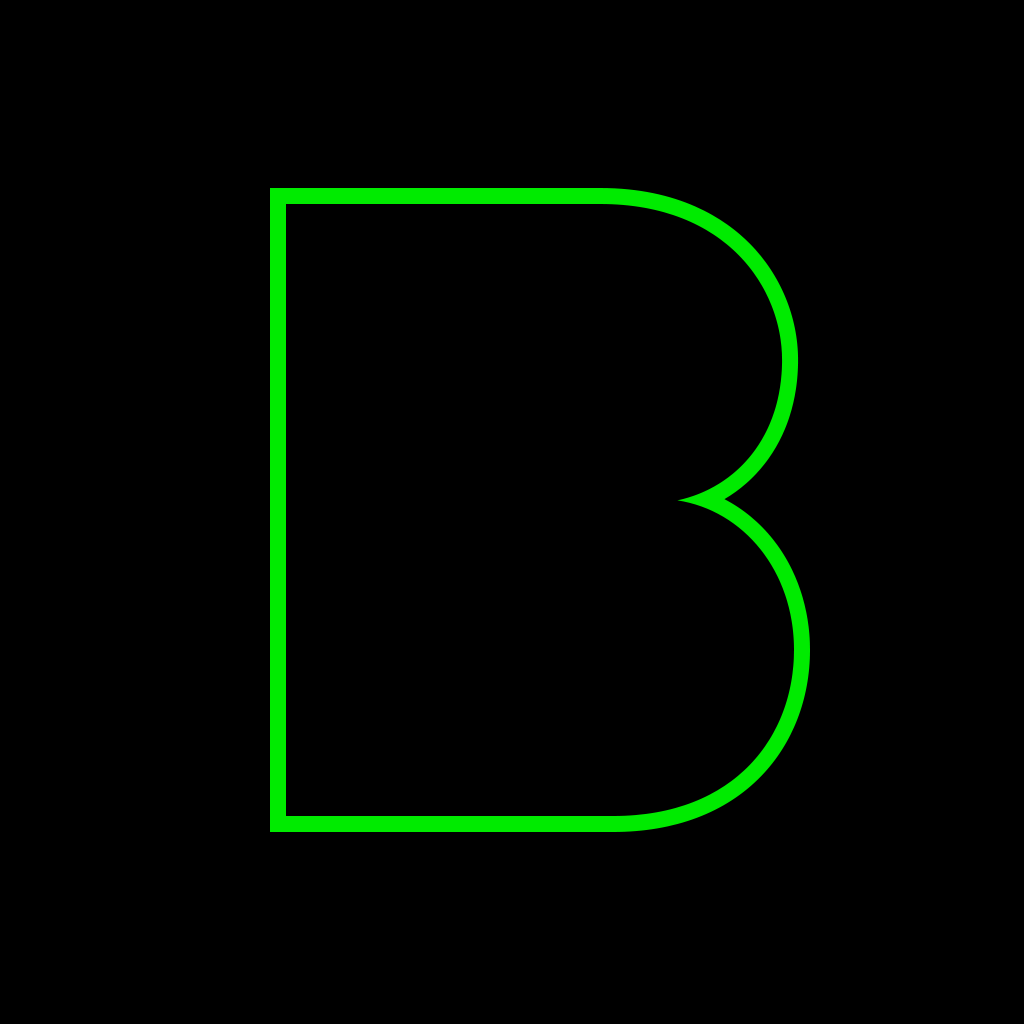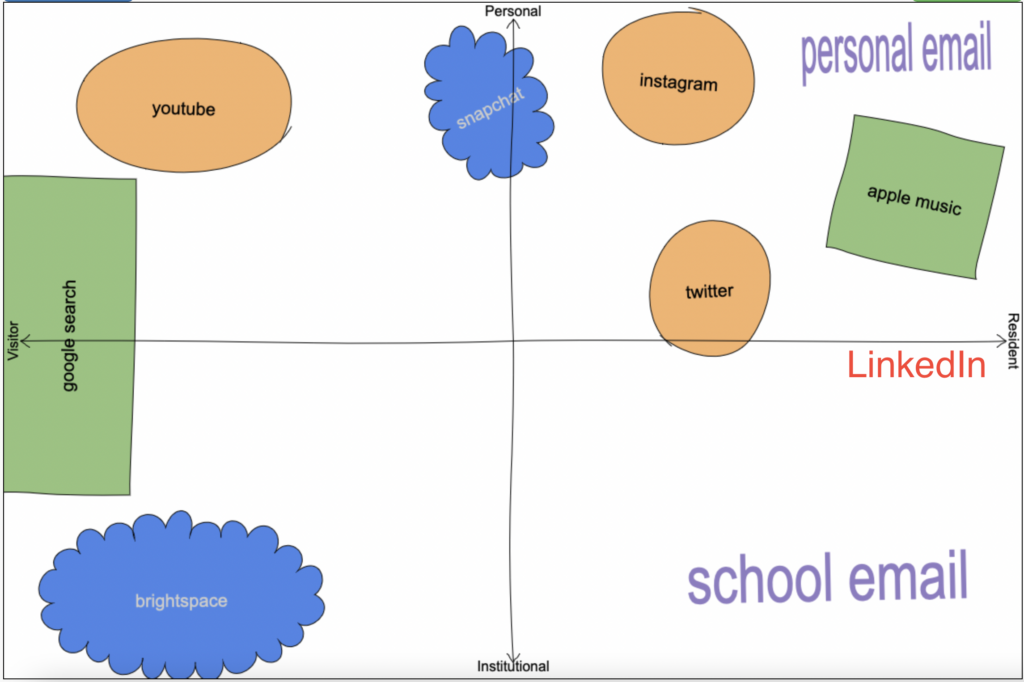“Nowadays digital technologies appear in all business segments, and are fundamental in many fields” (Giudice et al., 2019). Concluding this week’s reading, I believe this quote is very influential in reflecting on my learnings. My perception and understanding of my PLN have significantly evolved, leaving me with a great skill of understanding how to apply my PLN in the real world and find success doing so. By engaging with my PLN, I will be able to develop my professional skills beyond this course and, in turn, present many professional opportunities. For example, within this semester and enrollment in this course, I utilized my PLN to land an internship with a local alcoholic seltzer company. I landed this internship using an Instagram direct message, and the founder of the company who hired me was able to see many mutual connections we each had within our PLN, to trust and take a chance on hiring me.
Learning from this, I understand the importance of keeping a clean image on our online PLNs. Often, our online social accounts or anything searchable under our name is at the forefront of a first impression, so it is crucial to maintain professionalism across the board on all our PLNs. For example, understanding how to utilize your LinkedIn PLN can help you prosper in connecting with alums of your school in an industry you are professionally interested in or even other unique opportunities. I would not quite say that you can rely solely on your PLN to open professional opportunities; however, I would say that if you overlook the amount of access and opportunities that your PLN can present you, you are uninformed on the fundamentals of a successful PLN. PLNs should be used to leverage connections and be the nail in the coffin in securing that job or landing that interview.
Reflecting on this course and PLNs in the professional world, I have developed a motto: “You are only as good professionally as your PLN is,”; meaning that to avoid hindering your professional capabilities or opportunities, you must tap in and learn the ins and outs of your PLN to find success.
Reference List
Del Giudice, M. (2014). From Information Society to Network Society: The Challenge. In: Social Media and Emerging Economies. SpringerBriefs in Business. Springer, Cham. https://doi.org/10.1007/978-3-319-02490-5_5


Recent Comments